John A. Raine
CaloChallenge 2022: A Community Challenge for Fast Calorimeter Simulation
Oct 28, 2024
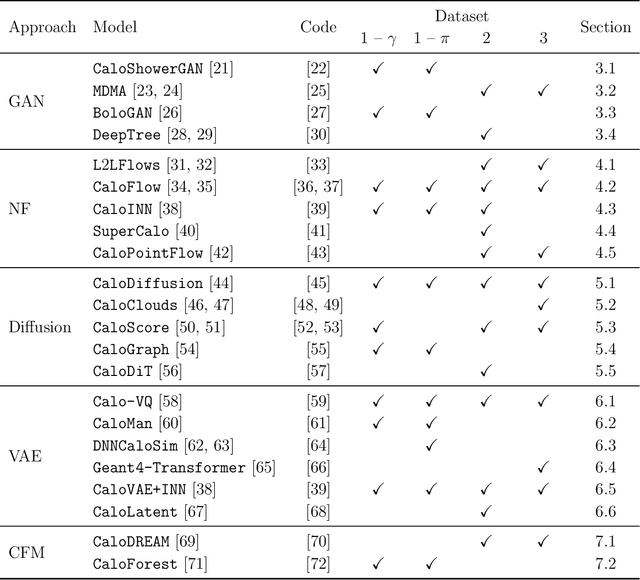
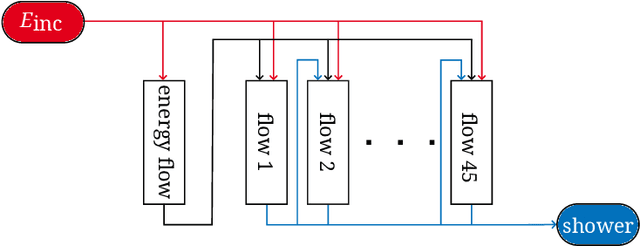
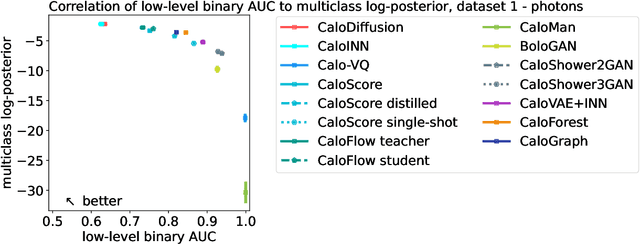
Abstract:We present the results of the "Fast Calorimeter Simulation Challenge 2022" - the CaloChallenge. We study state-of-the-art generative models on four calorimeter shower datasets of increasing dimensionality, ranging from a few hundred voxels to a few tens of thousand voxels. The 31 individual submissions span a wide range of current popular generative architectures, including Variational AutoEncoders (VAEs), Generative Adversarial Networks (GANs), Normalizing Flows, Diffusion models, and models based on Conditional Flow Matching. We compare all submissions in terms of quality of generated calorimeter showers, as well as shower generation time and model size. To assess the quality we use a broad range of different metrics including differences in 1-dimensional histograms of observables, KPD/FPD scores, AUCs of binary classifiers, and the log-posterior of a multiclass classifier. The results of the CaloChallenge provide the most complete and comprehensive survey of cutting-edge approaches to calorimeter fast simulation to date. In addition, our work provides a uniquely detailed perspective on the important problem of how to evaluate generative models. As such, the results presented here should be applicable for other domains that use generative AI and require fast and faithful generation of samples in a large phase space.
SUPA: A Lightweight Diagnostic Simulator for Machine Learning in Particle Physics
Feb 10, 2022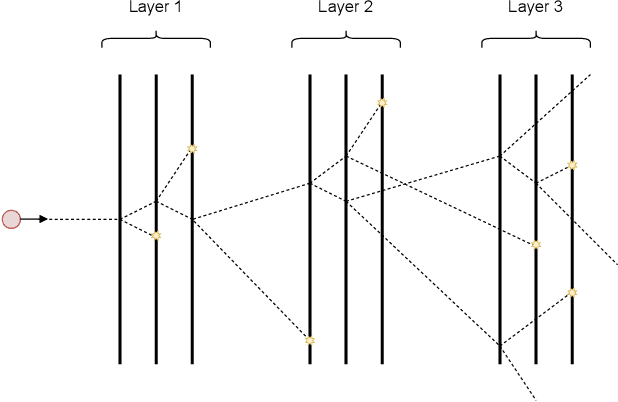
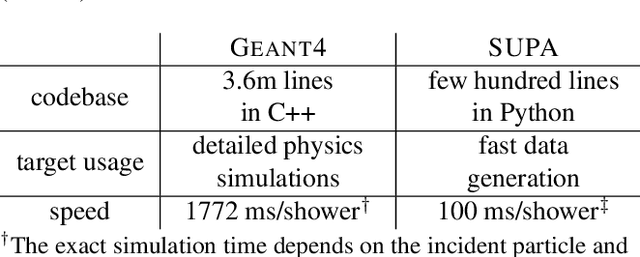
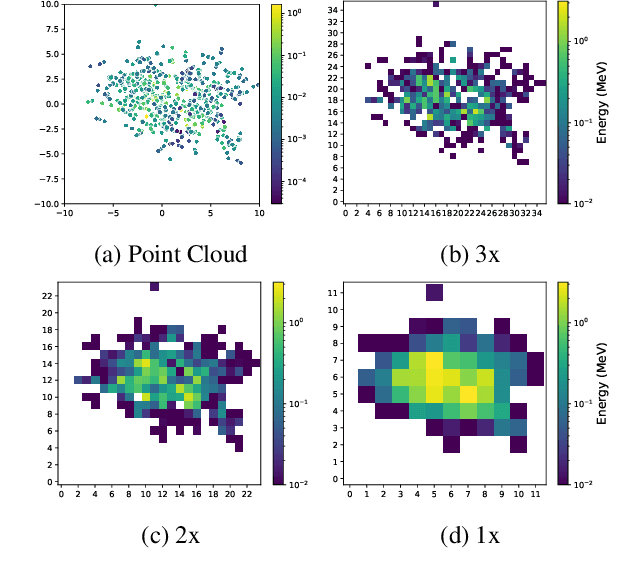
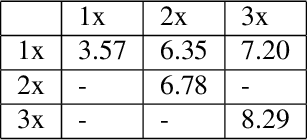
Abstract:Deep learning methods have gained popularity in high energy physics for fast modeling of particle showers in detectors. Detailed simulation frameworks such as the gold standard Geant4 are computationally intensive, and current deep generative architectures work on discretized, lower resolution versions of the detailed simulation. The development of models that work at higher spatial resolutions is currently hindered by the complexity of the full simulation data, and by the lack of simpler, more interpretable benchmarks. Our contribution is SUPA, the SUrrogate PArticle propagation simulator, an algorithm and software package for generating data by simulating simplified particle propagation, scattering and shower development in matter. The generation is extremely fast and easy to use compared to Geant4, but still exhibits the key characteristics and challenges of the detailed simulation. We support this claim experimentally by showing that performance of generative models on data from our simulator reflects the performance on a dataset generated with Geant4. The proposed simulator generates thousands of particle showers per second on a desktop machine, a speed up of up to 6 orders of magnitudes over Geant4, and stores detailed geometric information about the shower propagation. SUPA provides much greater flexibility for setting initial conditions and defining multiple benchmarks for the development of models. Moreover, interpreting particle showers as point clouds creates a connection to geometric machine learning and provides challenging and fundamentally new datasets for the field. The code for SUPA is available at https://github.com/itsdaniele/SUPA.
Funnels: Exact maximum likelihood with dimensionality reduction
Dec 15, 2021


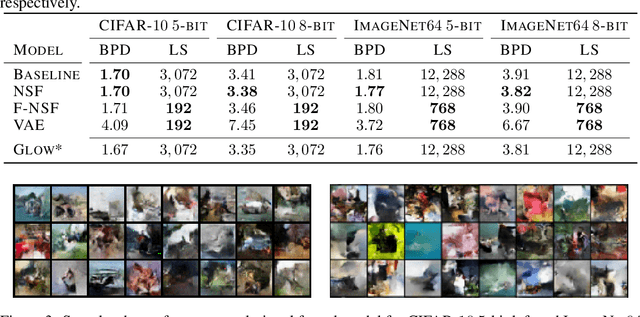
Abstract:Normalizing flows are diffeomorphic, typically dimension-preserving, models trained using the likelihood of the model. We use the SurVAE framework to construct dimension reducing surjective flows via a new layer, known as the funnel. We demonstrate its efficacy on a variety of datasets, and show it improves upon or matches the performance of existing flows while having a reduced latent space size. The funnel layer can be constructed from a wide range of transformations including restricted convolution and feed forward layers.
 Add to Chrome
Add to Chrome Add to Firefox
Add to Firefox Add to Edge
Add to Edge